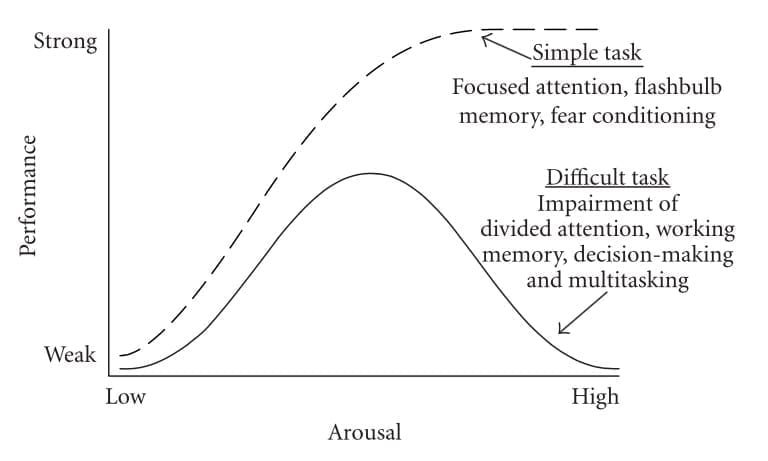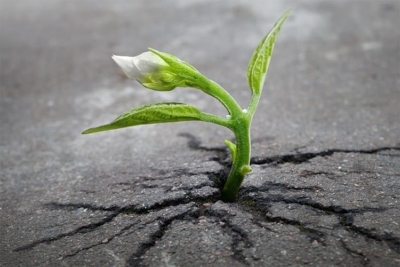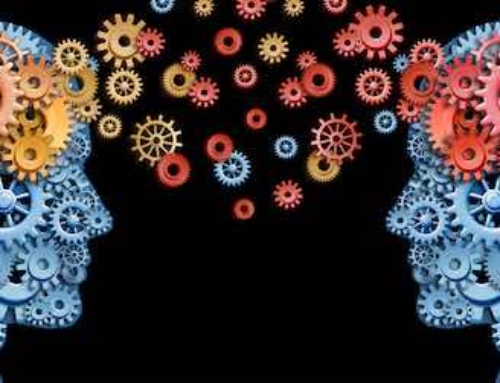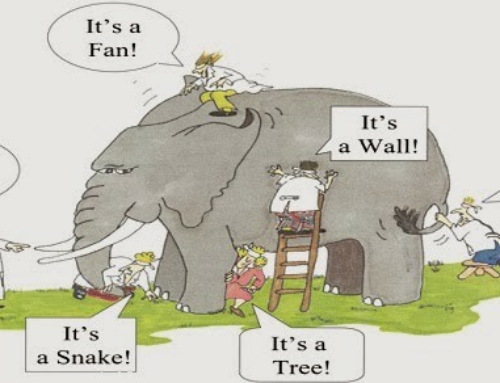Resilient Dimension
Dr Antonia Wrigley, 2016
Health is not freedom from the inevitability of death, disease unhappiness, and stress,
but rather the ability to cope with them
in a, competent way
Resilient
What does individual resilience mean?
In the ebb and flow of daily life, people are confronted with changing circumstances to which they must adapt. Resilience is the ability to navigate these changes successfully
Block & Kremen, 1996
Resilience and Health
Resilience in relation to health can be explained using a water level model (as taught by Dr Chris Johnstone and Professor Patrick Pietroni – see article below).
Health can be seen as rowing in a boat and illness as a crash into a rock.
When resilience is high the water level is higher and rocks more easily avoided.
RESILIENCE: bouncing back……or bouncing forward?
Things – inanimate objects – fall apart. But organisms and organisations develop and grow, adapting to the constant challenges they face. New properties emerge from this complexity. The whole becomes more than its parts! This is resilience. In fact life itself – and the ways sustainable systems of every size – from the genome to the biosphere – organise themselves depends on it.
Being resilient may keep you going when the going gets tough, and it could help you recover from stress and setbacks. Becoming resilient is a process of learning that happens on many levels of the mind and body. Of course, this process depends not simply on individual traits and abilities but also on many kinds of outer resources that support the ability to deal with life’s challenges and stressful events in ways that allow a person not just to bounce back and recover from difficulties but to develop and grow by bouncing forward.
Resilience for Healthcare Staff
Resilience is extremely important for pressured health care staff. Low resilience in the face of ongoing stress leads to physical and mental health issues and burnout at a personal level. It also leads to us being less able to do our job. When our sympathetic nervous system is over-aroused we are less able to think clearly and we loose our ability to empathise and listen to our patients.
It is imperative that we find the time and space to rest and restore our nervous system. This may be through hobbies and sports, through enjoying the creative arts or spending time in nature. Also throughout a busy day by taking a few moments between patients to breathe and connect to our emotions.

Resources
- Practical Resilience, How can we strengthen our resilience as practitioners by Dr Chris Johnstone
- Resilience in General Practice – podcast by David Peters (RCGP/InnovAiT login needed)
- Resilient GP FB group
- Action for NHS Wellbeing
- Resilience: How we keep sailing, Dr Jennifer Napier – On staff resilience in the NHS. Published in the Journal of Holistic Healthcare, Vol 12, Spring 2015











